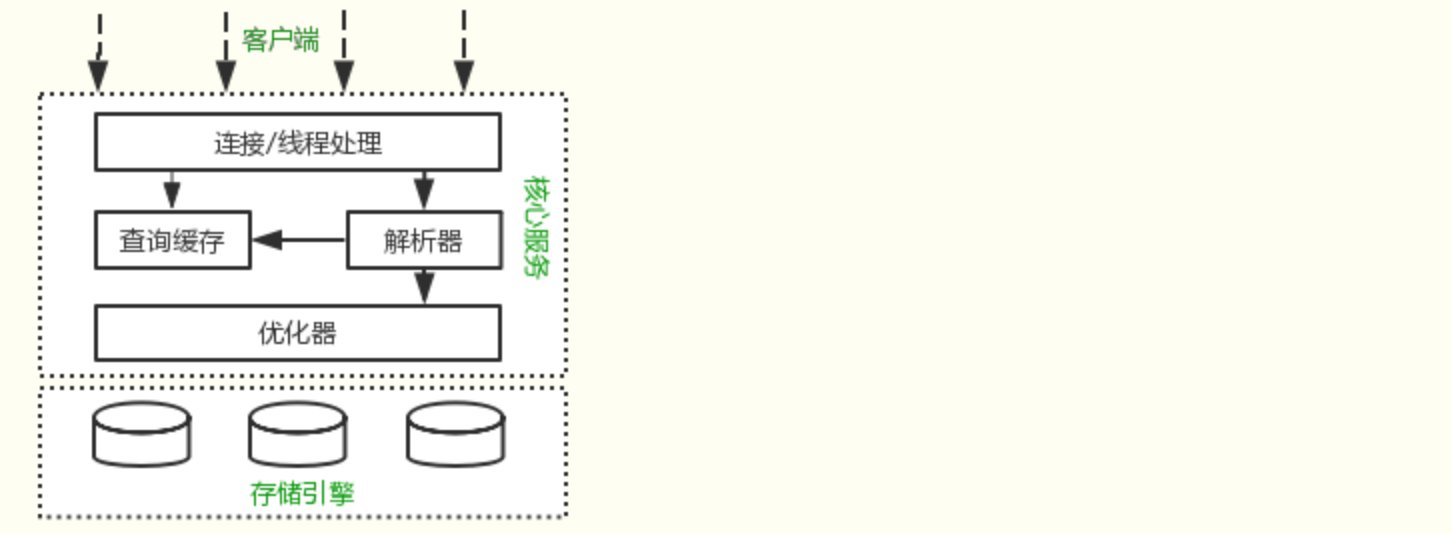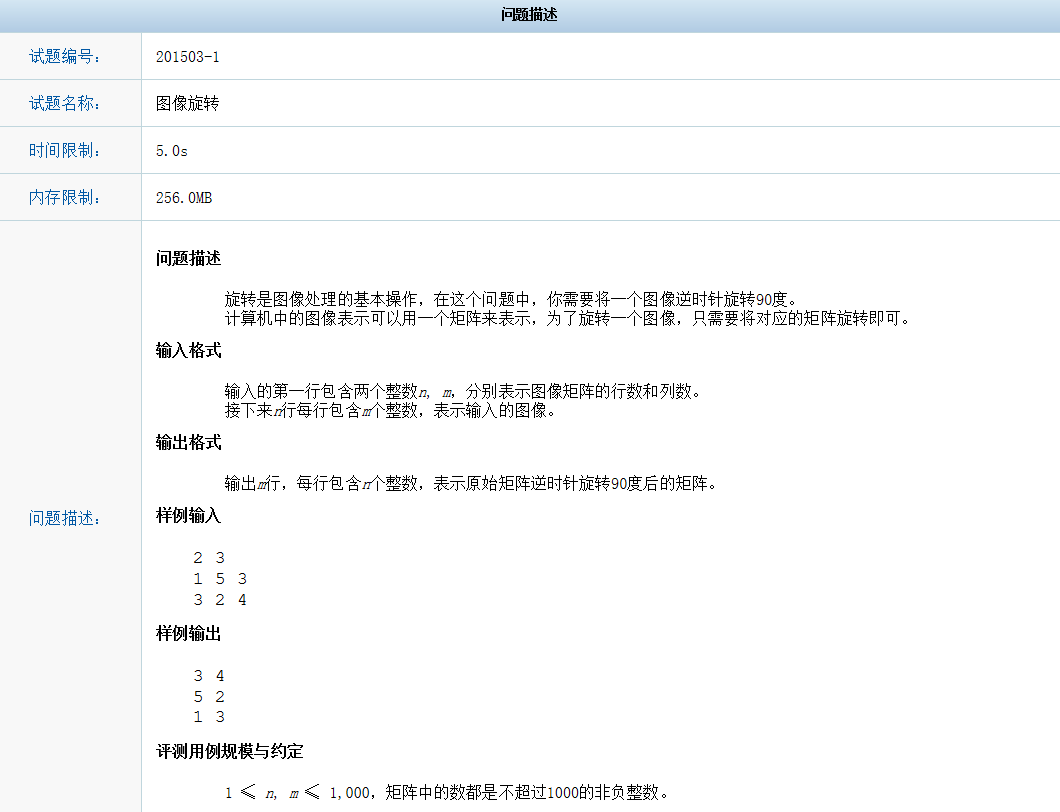leetcode解题思路分析(四十四)380 - 387 题
常数时间插入、删除和获取随机元素
设计一个支持在平均 时间复杂度 O(1) 下,执行以下操作的数据结构。
insert(val):当元素 val 不存在时,向集合中插入该项。
remove(val):元素 val 存在时,从集合中移除该项。
getRandom:随机返回现有集合中的一项。每个元素应该有相同的概率被返回。class RandomizedSet {
public:RandomizedSet() { }bool insert(int val) {if (m.count(val)) return false;nums.push_back(val);m[val] = nums.size() - 1;return true;}bool remove(int val) {if (!m.count(val)) return false;int last = nums.back();m[last] = m[val];nums[m[val]] = last;nums.pop_back();m.erase(val);return true;}int getRandom() {return nums[rand() % nums.size()];}
private:
vector<int> nums;unordered_map<int, int> m;
};
/** * Your RandomizedSet object will be instantiated and called as such: * RandomizedSet* obj = new RandomizedSet(); * bool param_1 = obj->insert(val); * bool param_2 = obj->remove(val); * int param_3 = obj->getRandom(); */
O(1) 时间插入、删除和获取随机元素 - 允许重复
设计一个支持在平均 时间复杂度 O(1) 下, 执行以下操作的数据结构。注意: 允许出现重复元素。
insert(val):向集合中插入元素 val。
remove(val):当 val 存在时,从集合中移除一个 val。
getRandom:从现有集合中随机获取一个元素。每个元素被返回的概率应该与其在集合中的数量呈线性相关class RandomizedCollection {
public:/** Initialize your data structure here. */// 删除功能则相对复杂一点,首先通过hash表O(1)地找到删除目标在vector中的位置,然后为了避免vector删除中间元素时平移后面元素所需的线性耗时,我们在删除操作前将需要删除的元素与vector最后一个元素进行位置交换,此时需要删除的元素处在vector的尾部,删除之即可// 这里保存某个值 和 储存这个值的 vector indicesunordered_map<int, unordered_set<int> > ump;vector<int> recs;RandomizedCollection() {}/** Inserts a value to the collection. Returns true if the collection did not already contain the specified element. */bool insert(int val) {recs.push_back(val);bool res = ump.find(val) == ump.end();int index = recs.size() - 1;ump[val].insert(index);return res;}/** Removes a value from the collection. Returns true if the collection contained the specified element. */bool remove(int val) {// for(auto c: recs){// cout << c << " ";// }bool res = ump.find(val) != ump.end() && ump[val].size() > 0; // 存在 valif(!res) return res; // falseint lastindex = recs.size() - 1;int lastVal = recs.back();// 从 val 对应的 index 集合总删除 首个元素int deleteIndex = *ump[val].begin();ump[val].erase(ump[val].begin() );if(ump[val].size() == 0) ump.erase(val);// 将vector最后一个元素 移动到 deleteIndex处(这里 应该多余一个元素)if(deleteIndex != lastindex){ump[lastVal].erase(lastindex);ump[lastVal].insert(deleteIndex);recs[deleteIndex] = lastVal;}recs.pop_back();return res;}/** Get a random element from the collection. */int getRandom() {if(recs.size() == 0) return -1;int index = rand() % recs.size();return recs[index];}
};
/* Your RandomizedCollection object will be instantiated and called as such: RandomizedCollection obj = new RandomizedCollection(); bool param_1 = obj->insert(val); bool param_2 = obj->remove(val); int param_3 = obj->getRandom(); /
随机链表节点
给定一个单链表,随机选择链表的一个节点,并返回相应的节点值。保证每个节点被选的概率一样。
蓄水池采样算法:访问第i个节点的概率为1/i,则可以保证总体概率相等。但是该方法不可以直接返回,必须要遍历全部节点(当且仅当后面的节点均不选中才为等概率)
/** * Definition for singly-linked list. * struct ListNode { * int val; * ListNode *next; * ListNode(int x) : val(x), next(NULL) {} * }; */class Solution {public:/** @param head The linked list's head. Note that the head is guaranteed to be not null, so it contains at least one node. */Solution(ListNode* head): head(head) {}/** Returns a random node's value. */int getRandom() {int i = 2;ListNode* cur = head->next;int val = head->val;while(cur != nullptr) {if(rand() % i + 1 == 1) val = cur->val; //第 i 节点以 1/i 概率替换当前值i++;cur = cur->next;}return val;}private:ListNode* head;};/** * Your Solution object will be instantiated and called as such: * Solution* obj = new Solution(head); * int param_1 = obj->getRandom(); */
- 赎金信
给定一个赎金信 (ransom) 字符串和一个杂志(magazine)字符串,判断第一个字符串 ransom 能不能由第二个字符串 magazines 里面的字符构成。如果可以构成,返回 true ;否则返回 false。
哈希表的简单应用
class Solution {public:bool canConstruct(string ransomNote, string magazine) {unordered_map<char, int> map;for (auto c : magazine){map[c]++;}for (auto c : ransomNote){if (map[c] > 0)map[c]--;else return false;}return true;}};
- 打乱数组
打乱一个没有重复元素的数组。
额外生成一个拷贝即可
class Solution {vector<int> m_nums;vector<int> copy;public:Solution(vector<int>& nums) {m_nums = nums;copy = nums;}/** Resets the array to its original configuration and return it. */vector<int> reset(){return copy;}/** Returns a random shuffling of the array. */vector<int> shuffle(){for(int i = m_nums.size() - 1; i >= 0; i--){int rd = rand() % (i + 1);swap(m_nums[rd], m_nums[i]);}return m_nums;}};/** * Your Solution object will be instantiated and called as such: * Solution* obj = new Solution(nums); * vector<int> param_1 = obj->reset(); * vector<int> param_2 = obj->shuffle(); */
- 迷你语法分析器
给定一个用字符串表示的整数的嵌套列表,实现一个解析它的语法分析器。
栈的简单使用
/** * // This is the interface that allows for creating nested lists. * // You should not implement it, or speculate about its implementation * class NestedInteger { * public: * // Constructor initializes an empty nested list. * NestedInteger(); * * // Constructor initializes a single integer. * NestedInteger(int value); * * // Return true if this NestedInteger holds a single integer, rather than a nested list. * bool isInteger() const; * * // Return the single integer that this NestedInteger holds, if it holds a single integer * // The result is undefined if this NestedInteger holds a nested list * int getInteger() const; * * // Set this NestedInteger to hold a single integer. * void setInteger(int value); * * // Set this NestedInteger to hold a nested list and adds a nested integer to it. * void add(const NestedInteger &ni); * * // Return the nested list that this NestedInteger holds, if it holds a nested list * // The result is undefined if this NestedInteger holds a single integer * const vector<NestedInteger> &getList() const; * }; */class Solution {public:NestedInteger deserialize(string s) {stack<NestedInteger*> stk;string numStr;for (char &c : s) {if (c == '[') {NestedInteger *res = new NestedInteger();stk.push(res);} else if (c == '-' || isdigit(c)) {if (stk.empty()) return NestedInteger(stoi(s));else numStr.push_back(c);} else if (c == ',') {if (!numStr.empty()) {stk.top()->add(NestedInteger(stoi(numStr)));numStr = "";}} else {if (!numStr.empty()) {stk.top()->add(NestedInteger(stoi(numStr)));numStr = "";}NestedInteger *res = stk.top();stk.pop();if (stk.empty()) {return *res;} else {stk.top()->add(*res);}}}return NestedInteger();}};
- 字典序排数
给定一个整数 n, 返回从 1 到 n 的字典顺序。
DFS常规运用
class Solution{vector<int> ans;public:void dfs(int num, int& n){if (num > n) return;ans.push_back(num);for (int i = 0; i <= 9; ++i)dfs(num * 10 + i, n);}vector<int> lexicalOrder(int n){for (int i = 1; i <= 9; ++i)dfs(i, n);return ans;}};
- 字符串中的第一个唯一字符
给定一个字符串,找到它的第一个不重复的字符,并返回它的索引。如果不存在,则返回 -1。
哈希表遍历解决
class Solution {public:int firstUniqChar(string s) {unordered_map<char, int> m_map;for (auto c : s){m_map[c]++;}for (int i = 0; i < s.size(); i++){if (m_map[s[i]] == 1) return i;}return -1;}};



































还没有评论,来说两句吧...